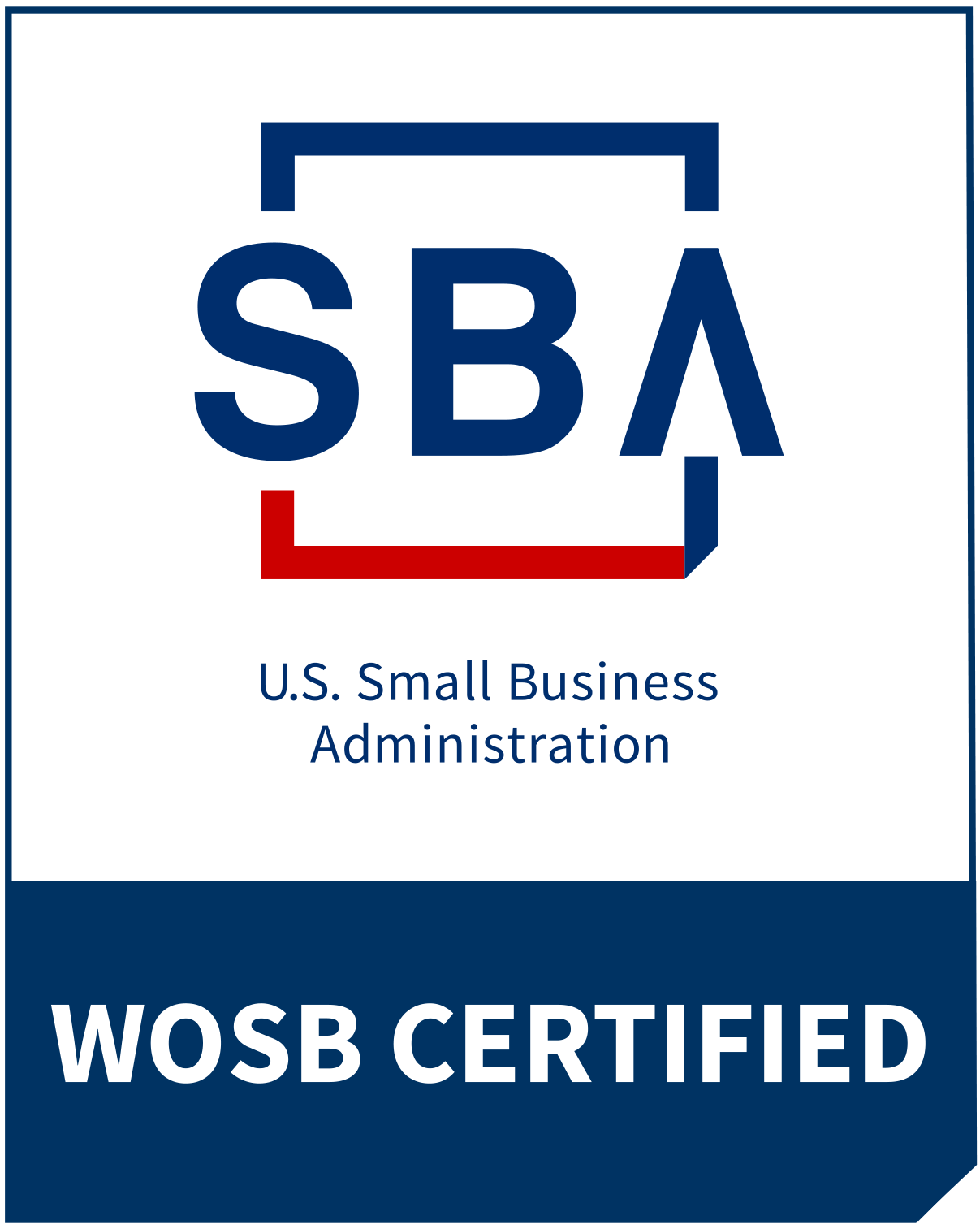Escaping the Brain Drain: 7 Ways to Retain Your Superstars
- admin
- 0 Comments
- January 4, 2024
Escaping the Brain Drain: 7 Ways to Retain Your Superstars
Have you ever had an exceptional employee quit unexpectedly? Or perhaps a top performer gave notice right when a critical project was ramping up? As a small business owner or entrepreneur leading a services company, these scenarios can derail progress and negatively impact your bottom line. Yet many leaders fail to realize the actual cost of employee turnover and neglect critical retention strategies.
What Does Employee Turnover Really Cost?
Employee retention matters – far more than you might think. According to a report by the Society for Human Resource Management (SHRM), finding and training a replacement can cost upwards of twice an employee’s annual salary. For an employee making $60,000 annually, that’s $120,000 in recruiting, hiring, training, and lost productivity costs. Can most small businesses afford such a heavy loss?
Beyond the obvious recruiting and training costs, a lack of employee retention leads to lower productivity, loss of critical institutional knowledge, strained client relationships, and lagging engagement among remaining team members. When a valued employee quits, customers may follow them, and replacing a lost customer costs five times more than keeping an existing one. (Retainify) The remaining team members end up shouldering a heavier workload – likely leading more of your A-players to have one foot out the door. I highly recommend reading the book Shifting the Monkey by Todd Whitaker to learn more about what happens when you keep loading more work on your top performers.
Why Do Employees Leave?
Most small business owners need to prioritize employee retention or risk significant financial implications. However, many don’t realize common misconceptions and mistakes that can worsen – not help – retention numbers. These include:
Believing compensation is the only driver of retention.
Failing to check in regularly with top talent.
Not gathering input from employees on desired growth paths and learning opportunities.
Lacking standardized systems and processes.
Many business leaders assume money is the main motivator. While competitive pay and benefits are important, research shows only 50 percent of employees leave mainly for more compensation. The other half seek career growth opportunities, increased responsibilities, leadership development programs, and purpose-driven missions. Surprised? Workers – especially Millennials and Gen Z –prioritize purpose, flexibility, and growth opportunities. Systems and processes also indirectly influence retention by enabling people to work more efficiently and have greater job satisfaction.
7 Strategies to Improve Employee Retention
Retaining top performers pays dividends over the long term. To strengthen employee retention rates, consider these seven proven strategies:
- Set clear expectations during the hiring process on opportunities for career development and learning. Then, create frameworks for succession planning and growth trajectories.
- Conduct “stay interviews” to understand what employees value. Ask what might tempt them to leave and what ensures they remain loyal and engaged.
- Train managers on motivational methods beyond compensation and discipline. Teach them to have career conversations, set goals, and acknowledge achievements.
- Build standardized systems and processes to enable staff to work productively. Efficient operations influence job satisfaction and reduce employee frustrations. Make sure to gather and consider employee input when building and updating processes and systems.
- Foster community via team events, peer recognition programs, and networking opportunities. People want to enjoy where they work and who they work with.
- Offer flexibility and work-life balance. Options like remote work, compressed schedules, and extended parental leave illustrate that you value personal needs.
- Check the pulse of the culture through anonymous employee satisfaction surveys. Ask for suggestions to improve processes and strengthen retention. Act on the suggestions.
By calculating the substantial cost implications of employee turnover, you gain awareness that should inspire action. Use the strategies above to demonstrate workers are a priority – not just a line item. Employees who feel heard, understood, and valued for their contributions will likely stick around and strive to help your company succeed. Your bottom line depends heavily on top talent. Make retaining them a priority starting today!
Is Your Business Growing But You Feel Like It’s Falling Apart?
Feeling the strain of business growth? You're not alone. Many successful businesses face these challenges. It's often the little things that cause big headaches. Suddenly, your tried-and-true methods don't work anymore, profits shrink, customers are complaining, and you're constantly firefighting.
The key lies in fine-tuning your systems to support your growth. My 3S Profit Optimizer framework specializes in helping to secure more clients, streamline operations, and supercharge scalability. I've helped numerous businesses overcome these hurdles, and I'd love to see how I can help you succeed.
Let’s minimize the growing pains and prevent them from reflecting poorly on your business. To learn how to have more freedom, more control, and more opportunities to earn income take action now and click below.
Related Posts

From CEO Chaos to Systematic Success




